6. Killer of Sheep (1978)
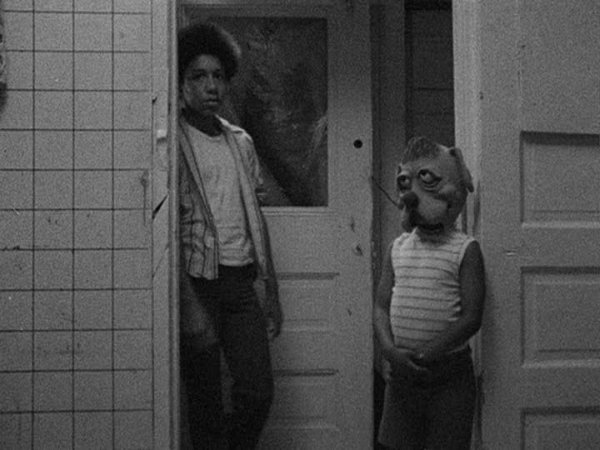
Submitted as his thesis for the Master of Fine Arts at the UCLA School of Films, Charlie Burnett’s “Killer of Sheep” is a drama that describe the Afro-American urban culture in Los Angeles. The movie premiered at the Whitney Museum of American Art in 1978, but it was never released until 2007, when the rights for the soundtrack were purchased in order to allow the screenings in cinemas. Watts, a Southern Los Angeles neighbourhood. Stan (Henry G. Sanders) leads a working class life, experiencing the daily monotony of working many hours at a slaughterhouse. He has a wife (Kaycee Moore) and two kids (Angela Burnett and Jack Drummond). Stan needs to suppress his emotion in order to get by, because his mind is conflicted between the necessity of supporting his family and the uneasiness of an annihilating job.
Imagine the powerful social implications of Italian neorealism combined with the industrial landscapes and atmospheres of “Eraserhead” (1977) and you will have an idea of the aesthetics and themes of the movie. Alienation, struggle, monotony, monochrome, grey: form and substance continually intertwine with each other in this 1970s classic. “Killer of Sheep” is not only unmissable but it should be seen obligatorily by every aficionado of The Seventh Art.
7. True Stories (1986)
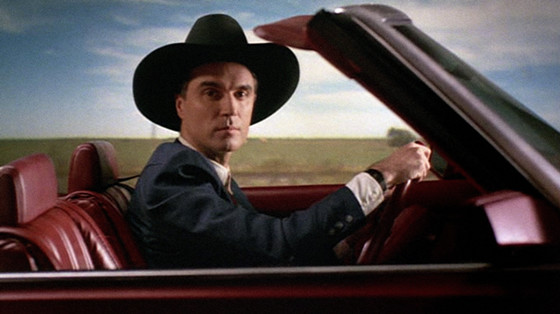
Featuring Talking Heads’s lead singer and songwriter David Byrne, who also wrote the movie in collaboration with Stephen Tobolowsky and Beth Henley, “True Stories” is everything you can expect from the brilliant mind of new wave group: surrealist, satirical and nonconformist to the core. Despite the box office results, this 1986 movie – directed by Byrne too – became a cult classic among the fans of the band and a classic among musicals. Virgil, Texas.
A series of episodes featuring a person without a name (David Byrne), wearing a cowboy hat, describes the life of the citizens of this small town, about to celebrate the 150th anniversary of Texas’ independence. Preparations for the celebration are sponsored by a local business, the Varicorp Corporation. Throughout the scenes, we are able to meet different characters living in Virgil: from a technician at the corporation named Louis Fyne (John Goodman) to the civic leader Earl Culver (Spalding Gray), without forgetting to mention a conspiracy theorist (John Ingle) and a woman by the name Miss Rollings (Swoosie Kurtz), who’s always in bed.
“True Stories” is 100% David Byrne. The style of the movie perfectly resembles the music the Scottish-American artist is known for; and of course it comes, without surprise, with a soundtrack made by Talking Heads. And it fits perfectly. Moreover, what you should essentially look for in this movie is complete immersion, immersion in a parallel universe where nonsense and surrealism are the common ingredients. This movie is a total experience, that captures you with its colors, sounds, music, mood and atmosphere. A classic without a doubt!
8. Kamikaze 1989 (1982)
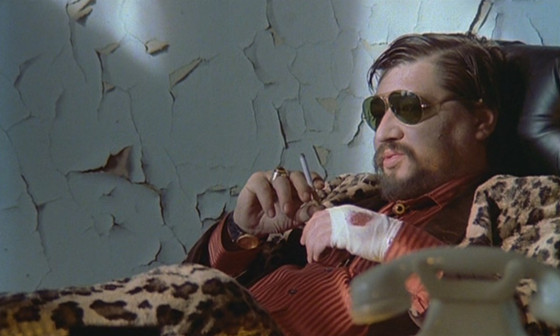
Directed by Wolf Gremm and written in collaboration with Robert Katz, “Kamikaze 1989” features polyhedric director Rainer Werner Fassbinder as the main character and presents a thriller structure combined with a cyberpunk imagination and a perfectly fitting electronic soundtrack composed by Tangerine Dream’s late founder Edgar Froese. Germany, 1989. Unemployment is non existent, pollution is close to zero and prosperity is reigning. A large corporation successfully controls all media, spreading its propaganda of endless richness and peaceful living. This conglomerate is essentially controlled by one single, powerful family. After a bomb explosion threat against the multinational, police Lieutenant Jansen (Rainer Werner Fassbinder) is assigned the case; he doesn’t know what’s waiting for him.
What stands out first in “Kamikaze 1989” is the color palette. The blues, purples, yellows and reds are amazingly shot and they flawlessly depict with their neon lighting the futuristic vibe of the cyberpunk setting; moreover, the shots are always on point and solid as a rock. In his last great cinematic role, Fassbinder is convincing and totally participating and enriching the chaotic mood of the movie. “Kamikaze 1989” is a classic that will be stuck in the minds of those who enjoy “Blade Runner” (1982), “Until the End of the World” (1991) and “The Element of Crime” (1984).
9. Tromeo and Juliet (1997)
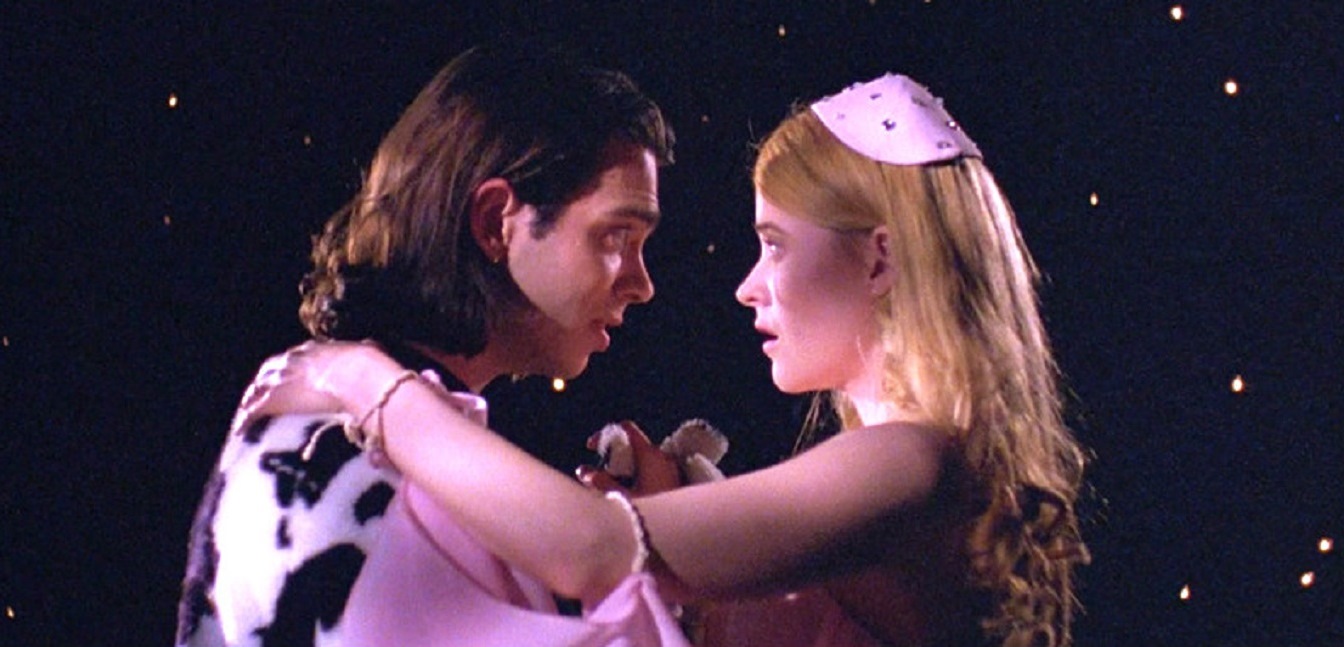
Directed by Lloyd Kaufman and co-written with James Gunn – who will later find critical and commercial success as the director of “Slither” (2006) and the “Guardians of the Galaxy” franchise (2014-2023) – “Tromeo and Juliet” is a mind-blowing and extremely funny adaptation of William Shakespeare’s famous tragedy. Of course, the title winks at the name of the independent production company that made the movie, the cult Troma Entertainment. Modern-day Manhattan. The focus is on two families, the Capulets and the Ques. Tromeo (Will Keenan) is part of the second family. He’s poor, and he lives with his father Monty (Earl McKoy), making a living as a tattooer. He works with his cousin Benny (Stephen Blackehart) and his friend Murray (Valentine Miele). Juliet lives a forced secluded life in the family’s mansion; as opposed to the Ques, the Capulets are wealthy. Her condition is imposed by her harmful father Cappy (Maximillian Shaun). Things will explode when the two families enter into collision and Tromeo and Juliet fall in love with each other.
This movie is just an atomic bomb; it’s pure punk rock. Iconoclast and transgressive, this Troma classic destroys and shatters the Shakespeare masterpiece, while becoming simultaneously an unforgettable movie. The screenplay is full of violence and sex and hilarious scenarios, while the carefully selected punk soundtrack – featuring Motörhead, Sublime, The Meatmen and Brujeria – perfectly aligns with the overall atmosphere. Other than that, “Tromeo and Juliet” is also shot with great capacity and features good performances from the cast. In your face, caustic, hilarious. And, by the way, the narrating voice is none other than Lemmy!
10. Bleeder (1999)
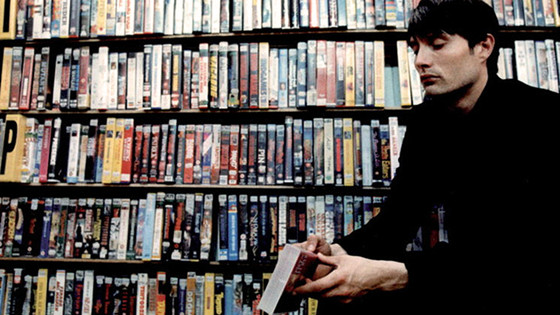
Written and directed by Nicolas Winding Refn, who also co-produced the movie, “Bleeder” is an exploration of violence, desperation and tension. Featuring many actors and actresses who previously worked in Refn’s amazing debut feature film “Pusher” (1996), this Danish movie develops like a thriller, but also contains spirited dialogue. Leo (Kim Bodina) lives in Nørrebro, a working class neighborhood in Copenhagen. He lives in a dingy apartment with Louise (Rikke Louise Andersson) and he’s friends with Lenny (Mads Mikkelsen), a shy video store clerk who’s a film connoisseur. Things will suddenly precipitate when Leo, bored and frustrated with his life by now, will become increasingly violent towards the people in his life, without thinking about the consequences.
“Bleeder” is characterized by fantastic cinematography, mostly done by the use of hand-held camera, which resembles the style of the previous movie of Refn, the aforementioned “Pusher” (1996). Moreover, the actors are all expressive and spot on in their performances, with a special mention to Kim Bodina, who is able to fully convey the despair and the anger of an aimless life. It’s this anger, this pervasive sense of desperation and frustration that characterizes the core aspect of the movie; in fact, Refn perfectly describes something that today is more than reality: the continuing increase of people being affected with depression and alienation, due to the social structure of the system. Violent, conscious and unmissable!